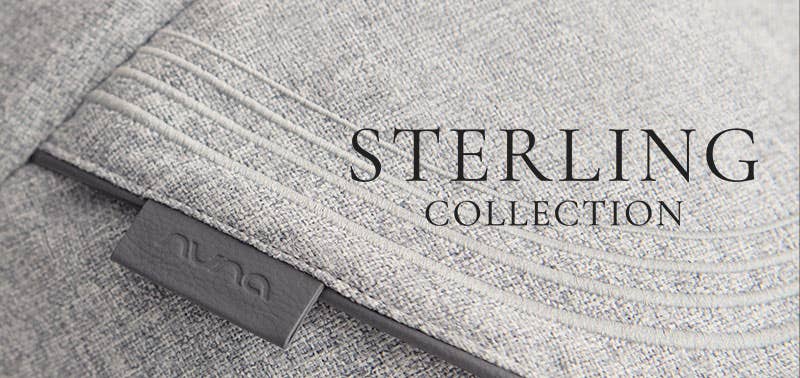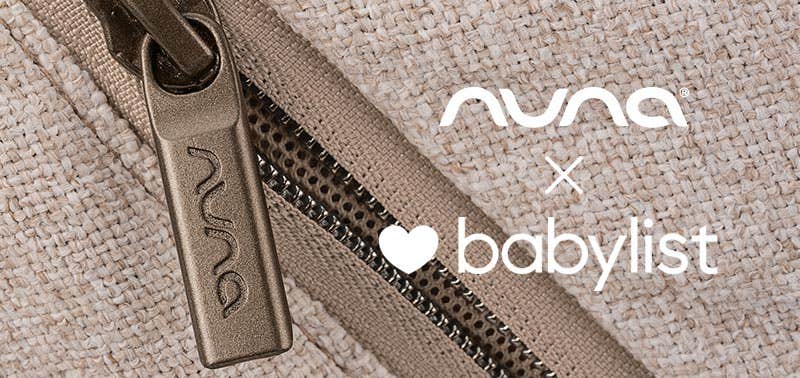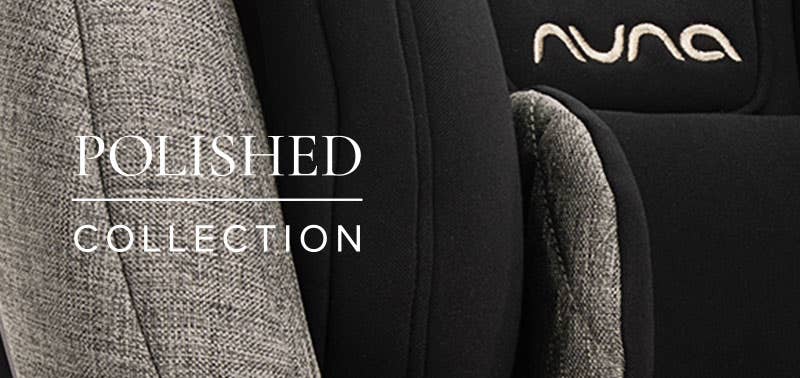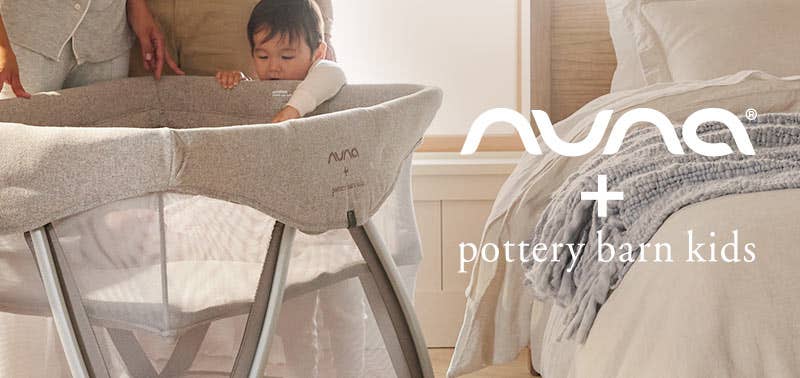THROUGH IT ALL
WE'RE HERE WITH YOU
Car seat headquarters
From facing direction to installation instructions and the best location in the vehicle—there's a lot to think about when it comes to safely installing and using your Nuna car seat. To help navigate through all of your family's journeys, our experts have carefully curated a hub of car seat information so that you can focus on the road ahead—knowing what's riding behind you is safe and sound.




Virtual car seat
checks available
We have a team of certified safety technicians available to offer installation guidance and answer any questions you may have as you navigate the stages of car seat growth with your baby.
Understanding seats and modes of use
 | REAR-FACING ONLY INFANT SEAT Designed for newborns and small babies, the infant-only car seat is a small, portable seat that can only be used rear-facing. |
 | CONVERTIBLE SEAT As a child grows, this seat can change from a rear-facing seat to a forward-facing seat with a harness and tether. Because it can be used at various sizes it allows for children to stay in the rear-facing position longer. |
 | ALL-IN-ONE SEAT This seat can change from a rear-facing seat to a forward-facing seat (with a harness and tether) and to a booster seat as a child grows. Because it can be used with children of various sizes, it allows for children to stay in a harness longer. |
 | HIGH BACK & BACKLESS BOOSTER This type of booster seat is designed to boost the child's height so the vehicle seat belt fits properly. Some high back boosters transition into backless boosters. |




Five steps for correct use
 | 1. Selection Select the car seat, booster seat, or seat belt that is right for the child's age, weight, height, and developmental needs. The right car seat or booster seat fits the child and the car and will be used correctly on every trip—every time. |
 | 2. Direction REAR-FACING FORWARD-FACING |
 | 3. Location Never place a rear-facing car seat in a front vehicle seat. If there is no back seat in your vehicle, make sure the car seat isn't installed in front of an active airbag. All children younger than age 13 should ride in a back seat. |
 | 4. Harnessing Child is seated all the way back in a car seat. REAR-FACING FORWARD-FACING |
 | 5. Installation For proper car seat installation, harnessing, and use, always refer to your specific car seat manufacturer's instructions and read your vehicle owner's manual to confirm compatibility in seating locations. REAR-FACING FORWARD-FACING BOOSTER |
 | 1. Selection Select the car seat, booster seat, or seat belt that is right for the child's age, weight, height, and developmental needs. The right car seat or booster seat fits the child and the car and will be used correctly on every trip—every time. |
 | 2. Direction REAR-FACING FORWARD-FACING |
 | 3. Location Never place a rear-facing car seat in a front vehicle seat. If there is no back seat in your vehicle, make sure the car seat isn't installed in front of an active airbag. All children younger than age 13 should ride in a back seat. |
 | 4. Harnessing Child is seated all the way back in a car seat. REAR-FACING FORWARD-FACING |
 | 5. Installation For proper car seat installation, harnessing, and use, always refer to your specific car seat manufacturer's instructions and read your vehicle owner's manual to confirm compatibility in seating locations. REAR-FACING FORWARD-FACING BOOSTER |
Unique safety features


 |
 |
A. True tension™ doors ensure an ultra-secure fit in vehicle without the struggle.
B. Bubble-free installation—Designed and engineered to give you the ability to choose your preferred recline angle without the need for a bubble indicator.


 |
 |
 |
C. Steel reinforced True lock™ and rigid latch—True lock™ installation makes set up swift, simple and above all—safe.
D. Aeroflex™ side impact protection—Aeroflex™ foam is cleverly lightweight, resilient, and minimizes force transferred to baby by absorbing and diffusing energy.
E. Multi-position steel stability leg reduces forward rotation of the car seat, absorbs impact, and minimizes forces transferred to the baby in the event of a vehicle crash.
Proper use tips
ALWAYS
- Read the instruction manuals for both the car seat and the vehicle carefully.
- Plan frequent breaks (every two hours) during long road trips for stretching and hydrating. This helps break up the total time the child spends in the car seat.
- Check your car seat manual for lower anchor weight limits and for when to switch to using the vehicle seat belt. TIP: Nuna’s preferred installation method with all seats except the PIPA used with a base, is the vehicle seat belt. It eliminates confusion about when to switch from Lower Anchors to Vehicle Seat Belt, fits more vehicle makes, and fits more seating positions.
- Check for movement at the belt path both side-to-side and front-to-back (no more than one inch).
- When child is in an infant car seat—always use the harness—even when outside of vehicle.
- Only use manufacturer approved accessories.
- Always attach and tighten tether for forward-facing car seats, whether the seat is installed with the LATCH system or a seat belt.
NEVER
- Never leave a child alone in a vehicle for any amount of time.
- Car seats have expirations dates. Never use one beyond the recommended use period that is typically found on a sticker underneath the seat
VISIT THE LINKS BELOW TO
Learn more










